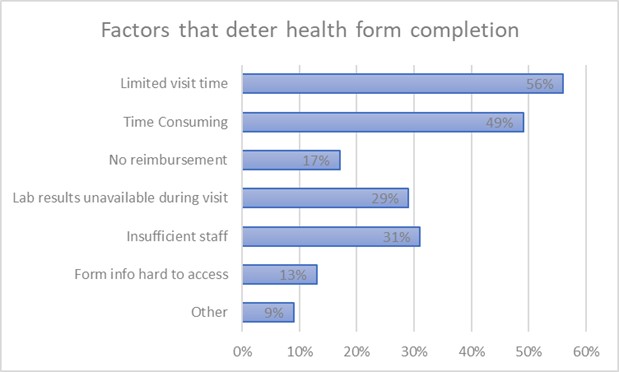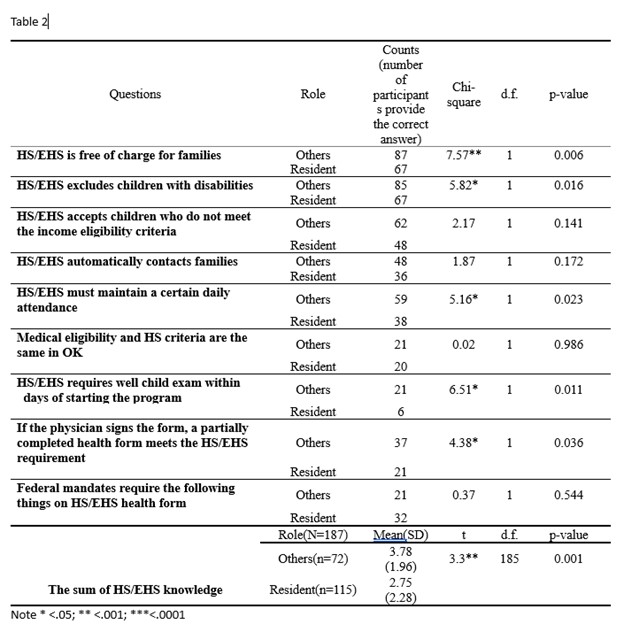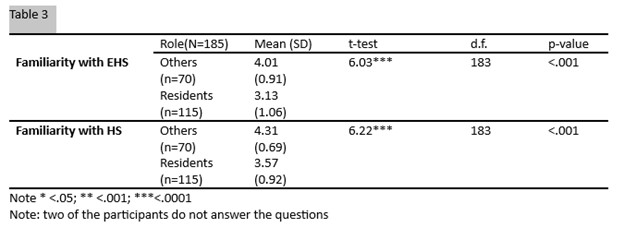General Pediatrics 1
Session: General Pediatrics 1
696 - Investigating Barriers to meet Head Start and Early Head Start Health Requirements with Reach Out and Read (ROR) Clinics
Friday, April 25, 2025
5:30pm - 7:45pm HST
Publication Number: 696.5438
Michelle Quiroz Armenta, Oklahoma Childrens Hospital at OU Health, OKC, OK, United States; Yaqi Li, University of Oklahoma College of Medicine, OKC, OK, United States; Marny Dunlap, University of Oklahoma College of Medicine, Oklahoma City, OK, United States

Michelle Quiroz Armenta, MD
Pediatric Resident
Oklahoma Childrens Hospital at OU Health
OKC, Oklahoma, United States
Presenting Author(s)
Background: Head Start and Early Head Start (HS/EHS) are federally funded programs aimed at promoting children's development through early learning, health, and school readiness services. Yet, there are mandated health requirements that are difficult to meet.
Objective: To investigate barriers faced by families, medical providers, and HS/EHS sites in completing the HS/EHS health requirements.
Design/Methods: Medical providers from 22 ROR clinics were surveyed along with HS/EHS staff from 28 sites to assess barriers in completing the health requirements. 17 HS/EHS sites administered an anonymous survey to parents. Quantitative data was collected and analyzed.
Results: 192/334 medical providers responded. 15% reported usually/always discussing HS/EHS during well visits, 17% knew the eligibility criteria, and 39% provided referrals to HS/EHS. 52% of providers reported filling out health forms. Barriers to complete health forms included access to providers (37%), transportation (31%), forgetting forms (10%), and time off work (2%). Providers listed many barriers to filling out the form (Table 1). Comparison between residents and others (attendings/mid-levels) revealed the latter group had significantly greater knowledge of HS/EHS (Table 2) and also higher familiarity with both (Table 3).
245/297 HS/EHS staff responded, only 5% stating that medical providers always completed the health form. Barriers to form completion: parents losing forms (61%), lack of available appointments (10%), unavailability of the PCP (7%), time constraints (7%), and transportation (4%). HS/EHS staff also faced challenges in collaborating with medical providers, including inability to reach them (28%) and not receiving faxed paperwork (24%). Staff identified the biggest challenges of fulfilling health requirements: completing entire health form (33%), obtaining blood work (24%), and dental screening (10%).
Of 114 parents surveyed, 95% found it always/usually easy to find a doctor for their child, and 97% could always/usually get their doctor to fill out health forms. Reported barriers to medical care for their child included time away from work (37%), scheduling conflicts (26%), transportation (5%), finding a provider (4%), and other (22%).
Conclusion(s): Many medical providers were unfamiliar with HS/EHS and unaware of the health screen or eligibility requirements but expressed an interest in learning more. Few HS/EHS staff reported that the health forms were always filled out entirely to meet the requirement. Notably, the most significant barriers identified by parents and providers did not align.
Table 1

Table 2. Residents versus others knowledge of HS/EHS

Table 3. Residents versus others awareness of HS/EHS


